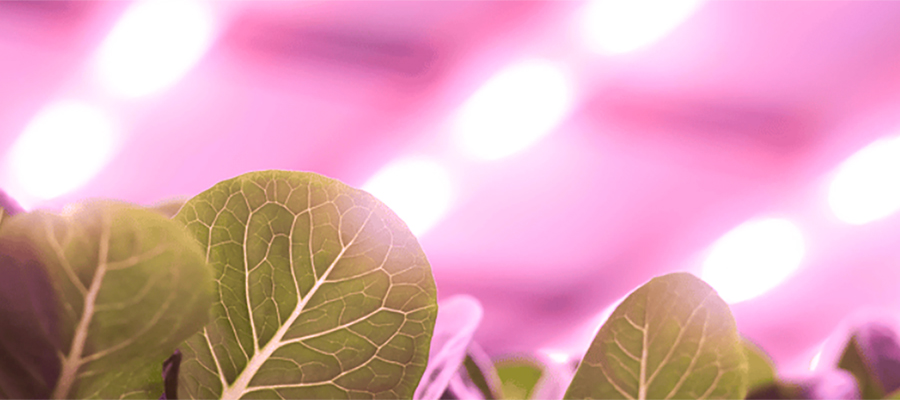- English

In the horticultural sector, there is a lot of interest in the possibilities offered by vertical farming to have more control over (the output of) crops.
A frequently asked question here: is vertical farming profitable? In this article, Art van Rijn, Founder and President of Artechno Growsystems, explains how to make a vertical farm profitable.
Is automated vertical farming profitable?
“Yes, provided you do it right. I often compare automated vertical farming to a “Symphony of efficiency.” All the elements come together in a symphony, making it a beautiful piece of music. This is exactly how it works with automated vertical farming. Your business case is profitable when the technology, agronomy, and product pricing are all in perfect sync.”
What makes that symphony successful?
“You have to make sure the crop gets everything it needs, no more and no less. Think of water, oxygen, nutrients, temperature, humidity, airflow, and the required CO2 level.
Put agronomy and technology to work in a vertical farm to give the crop those optimal conditions. First, agronomy determines what the plant needs to grow optimally.
Then, the system must be designed to allow you to rule those conditions with 100% accuracy. This is what will determine the success or failure of your business model.
What goes wrong when a business case fails?
“If the symphony is not perfect, your business case goes south. There are several reasons why the tide could turn. It always starts with the right choices and configuration of the cultivation system. Next, the operational cost of the system is the success maker or deal breaker.
Labor should be wisely automated in the configuration, and your energy contract should be at the right volume and price.
Agronomy should produce the required kilograms, and then when everything comes together in the proper proportion and timeline, you will experience that symphony and, thus, a positive business case.
Companies fail because they have chosen a system without the symphony’s presence. If not “every dot is connected” within the chain of CEA, nine times out of ten, it’s in the operational costs (Opex). The capital expenditures (Capex) on a system with a life cycle of 15-20 years are not a determining factor. On the other hand, despite automation and AI, a good operator is still fundamental. Attention and responsibility to your business are always vital in any business.
Which flaws make a business case unprofitable?
“For example, your crop recipe may not be up to par, so the quality of your crops will not be optimal.
To be profitable, crops must grow optimally at the right growth rate. Delay results in higher cost price per kg.
Another possibility is that too much labor is required, which incurs excessive costs and increases the risk of contamination.
As a rule, labor is expensive in Western countries, and automation benefits the profitability of the vertical farm. Automation is an essential part of the symphony.
In other words, if you have made the right choices in system and organization, a vertical farm is a prosperous business venture. The relatively new vertical farming industry has seen quite a few gold diggers over the past 10 years. However, Gartner’s chart clearly shows the stage we are at as a business. The shake-out (trough of disillusionment) occurred over the past 12 months, and now is the time for the professionals to step in.
The industry was viewed with suspicion and disbelief as a consequence of the gold diggers, which is understandable and even still justified for several projects. Due to the fact that some companies aren’t successful in making a vertical farm run successfully, vertical farming has acquired the reputation of being expensive and unprofitable. It is an entirely unjustified reputation, but you have to know the ins and outs to properly validate it, which is valid for any business.
The vertical farming industry has a rapidly changing supply and demand market; how can it stay resilient?
…Read the rest of the article here artechno-growsystems.com/news/is-vertical-farming-profitable#one